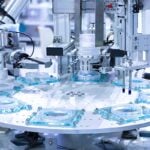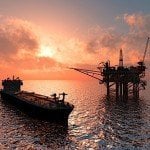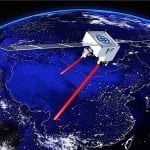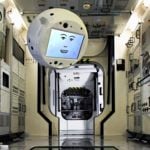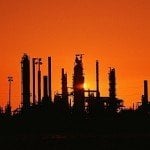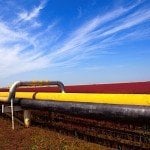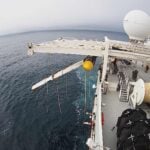Norwegian research scientists claim to have devised the technology that will make it possible to store energy on the seabed for later use in an electrical power grid. Their announcement comes on top of a similar announcement from a Toronto company, backed by the MaRS Cleantech Fund, which is working to bring the same concept to market. The main difference between the two techniques is that the Toronto group’s model works by using compressed air, while the Norwegian model uses the difference in pressure between the surface and the seabed.
The German inventor and founder of Subhydro AS says that his concept makes use of the enormous energy potential that exists in the weight of the seawater. As an example of the force, he used the opening of a submarine hatch. “The water will flow into the submarine with enormous force. It is precisely this energy potential we want to utitilze.”
Acknowledging that “many people” have worked on the idea of storing energy by exploiting the pressure of the seabed, Rainer Schramm claims that “we are the first in the world to apply a specific patent-pending technology to make this possible.”
The work is being done at SINTEF, a research facility with experts in energy generation, materials technology and deep-water technology. The process they describe converts the mechanical energy of the water pressure at the seabed by a “reversible pump turbine” as is used in a regular hydroelectric plant. The turbine is fitted with a valve; when the valve is opened, water flows in and turns the turbine, which drives a generator to produce electricity. The number of turbines connected together is potentially limitless. The greater the number of tanks connected, the more electricity they can generate.
The deeper the turbines are placed, the better they work, as the pressure will be greater. The greater the pressure difference between the sea surface and the seabed, the more energy is stored in a single tank.
As each water tank fills with water, the turbine must be run in reverse to empty the tanks, meaning that the tank functions as a pump. While the process of emptying the tanks consumes energy, Schramm says that the degree of electric storage efficiency is approximately 80 per cent.
The Toronto version of water-pressurized energy storage uses pressurized air stored in large receptacles on the seabed. When the stored energy of the compressed air is required, the air is pumped to the surface by means of the water pressure, where it drives an “expander” that generates electricity.


